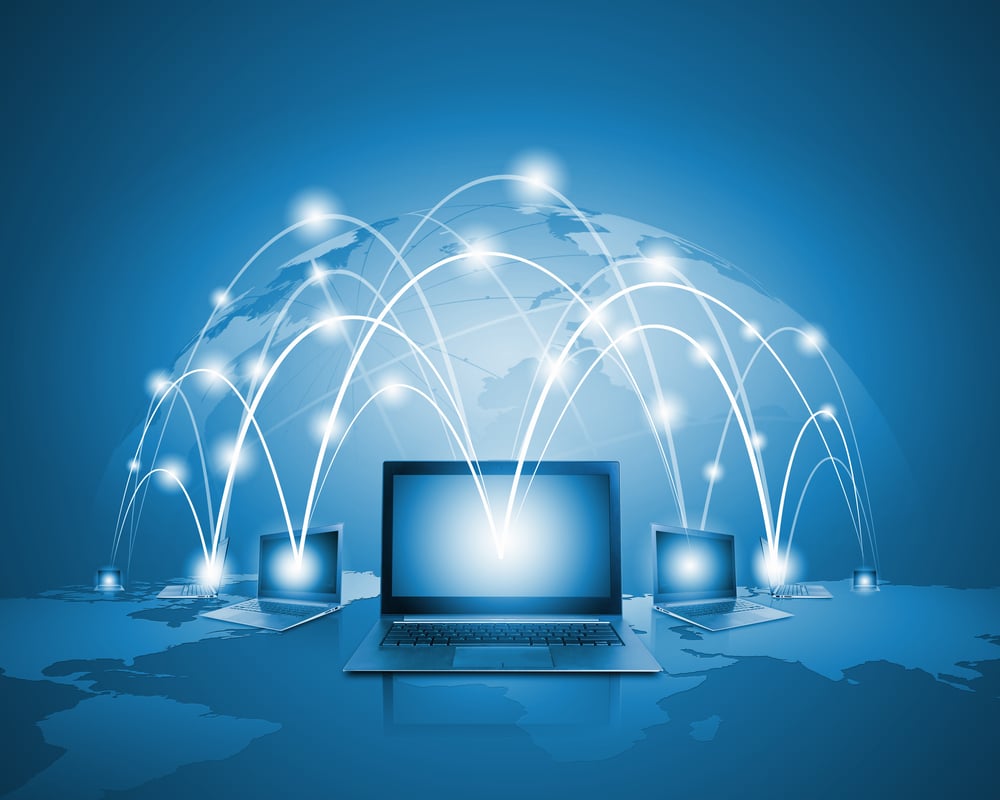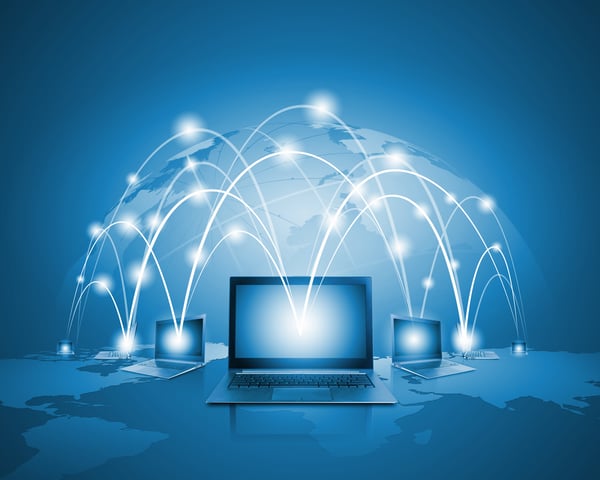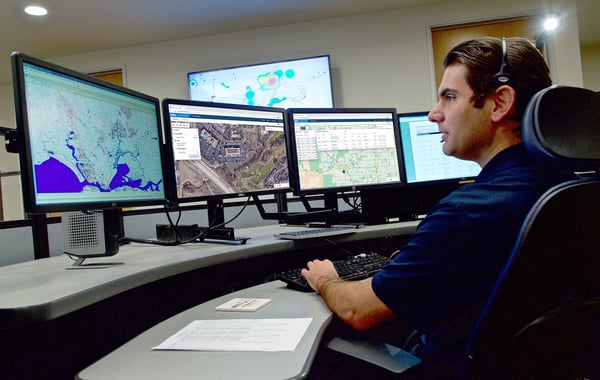Your Agency Isn’t Getting Paid: Here’s What You Can Do
How Health Care Fits into the Internet of Things
What is the Internet of things? For starters, the “Internet of things” represents the fact that everything you own can (and will eventually) be equipped with a data or internet connection which then allows you to connect and control everything from your toaster to your television with an app on your phone or computer
Was this information valuable?

What is the Internet of things?
For starters, the “Internet of things” represents the fact that everything you own can (and will eventually) be equipped with a data or internet connection which then allows you to connect and control everything from your toaster to your television with an app on your phone or computer.
People are wearing devices that can send and receive messages and calls, monitor heart rate, blood pressure, track your fitness and share your heartbeat. They are expecting, in the coming year, almost a billion wearable devices will be used for some type of health data. The global healthcare wearables market is expected to reach $60B by 2023, with devices like connected hearing aids generating over $40B in revenue by 2022.

As you can imagine, doctors, nurses and clinical staff are looking for ways to leverage the value of the data that’s coming out of these devices. How can they use this data to improve the application of care for their patients?
If you go into a hospital and go into a patient room, there's maybe half a dozen different types of medical devices that are in there, and the patient themselves is potentially also strapped to a number of different sensors. If you think of the duty nurse that's on the floor with maybe 20 patients to look after, with half a dozen or more different devices connected to each patient, if multiple devices start beeping – they have to quickly find out what rooms, what devices in those rooms, and then triage the urgency of those beeping machines.
Instead, transmitting that event in real time to a console on the floor for the nurses to be able to know when something is happening right that minute, and where it's happening, means that they can attend respond more quickly and be more prepared.
Real-time healthcare
This is what people are calling the “real-time health care system” where a collection of different technologies and health practices are generating data and responding to events in real-time, and then applying those insights to the care of the patient. That will eventually be true across the entirety of the healthcare system.
With everything moving to that more connected model, where in the future a patient’s device could be streaming their data in real-time to their doctors or family as needed, we need to begin to develop a strategy for how our services and products fit into that at ZOLL.

How do we support the devices that our customers are purchasing, using and deploying to provide better care? Further, is there an opportunity for the services these devices provide to be improved because of things like more timely interventions and better application of care?
With some of the more interesting wearable solutions (those more relevant to ZOLL’s offerings) we can begin to imagine how we might be able to build on top of them. Then of course there’s the fact that more and more of ZOLL Medical’s devices are becoming connected devises, and our customers are beginning to ask “what can we do this all this data?”
The first milestone in this healthcare revolution was to get all of these devices a data or wifi connection, and they’ve done that. The second step has all sorts of questions associated with it:
How do we access the data?
How does it communicate with other data, other humans, or other machines?
How do we get meaningful information out of it?
This is the next major milestone ahead of us, and much of it is still to be determined.
Healthcare Technology and Preventative Care
We have a product called EMS Mobile Health, which falls under the umbrella of community paramedicine. This is for our customers who are looking for ways in which they can increase the types of reimbursable services that they can offer to the community.
Increasingly, patients who are chronically ill and living at home are being given a number of devices and being asked to collect various medical vitals and transmit it daily or even multiple times a day to their clinician or doctor. EMS providers often have downtime between calls, so they have the capacity to make house calls and help these patients manage this process. In the future it will be transmitting continuously, of course.
The global telemedicine market is based on transmission of data. It’s expected to grow to about a $35 billion-dollar industry by this year. Needless to say, it's a massive market opportunity and our customers are already looking for ways in which they can offer services in this emerging marketplace. It’s also very important for ZOLL to participate in creating an ecosystem that leverages this – it’s what our customers want and are asking for.
Today, 47 percent of the cost of U.S. health care gets delivered through the E.R. and hospitals are acutely aware of this imbalance. Instead of having people coming into the E.R., we need to be actively trying to treat them and monitor them in the safety of their home, and intervene when something serious appears to be happening. As it stands currently, people travel into the E.R. when they feel something serious is occurring and they can’t get immediate access to their primary care provider.
That’s why applications like ZOLL Respond are potentially really interesting, because of the secure communication options like push to talk, chat and live stream video. This enables a remote team of doctors to be able to interact with a patient directly. In the long term we envision situations like a cardiologist who can remotely participate in the care that any EMS team is giving to a patient at home, and thereby avoid that patient having to come into the E.R.
It’s about avoiding costs, but only as a benefit of making the care system more efficient. This has the added benefits of patients reducing the risk of things like readmission, and disease transmission, and that sort of thing which are part and parcel to being in the hospital itself.

ZOLL Data and the Internet of things…
We have already taken initial steps by providing an API that lets third parties access device data coming from ZOLL medical devices through ZOLL Online.
Our goal is to expand the types of services offered on ZOLL online and make that rich data available to both ourselves to build higher value solutions and applications, as well as potentially open that up as a platform to work with partners who want to be able to leverage the value of that same data.
As ZOLL Medical adds more new designs and features to their current devices, releases new medical devices for different disease segments, or as we acquire companies or partner with companies, we want to be able to make that data available through the ZOLL online platform.
Then we can continue to build higher value solutions and applications on top of that. We would be able to start to gain insight into population health, and we can actually do things with analytics and metrics around providing best practices, feedback loops or metrics for those looking to improve how they do their jobs.
All sorts of exciting things start to become possibilities for us when we’re able to leverage our data in order to innovate and offer new services.
Related Posts
Meet the New ZOLL Dispatch and ZOLL Respond CAD Solution
Providers Can Even the Playing Field During Open Negotiations – Here’s How
ZOLL Pulse Blog
Subscribe to our blog and receive quality content that makes your job as an EMS & fire, hospital, or AR professional easier.
ZOLL Pulse Blog
Subscribe to our blog and receive quality content that makes your job as an EMS, fire, hospital, or AR professional easier.




